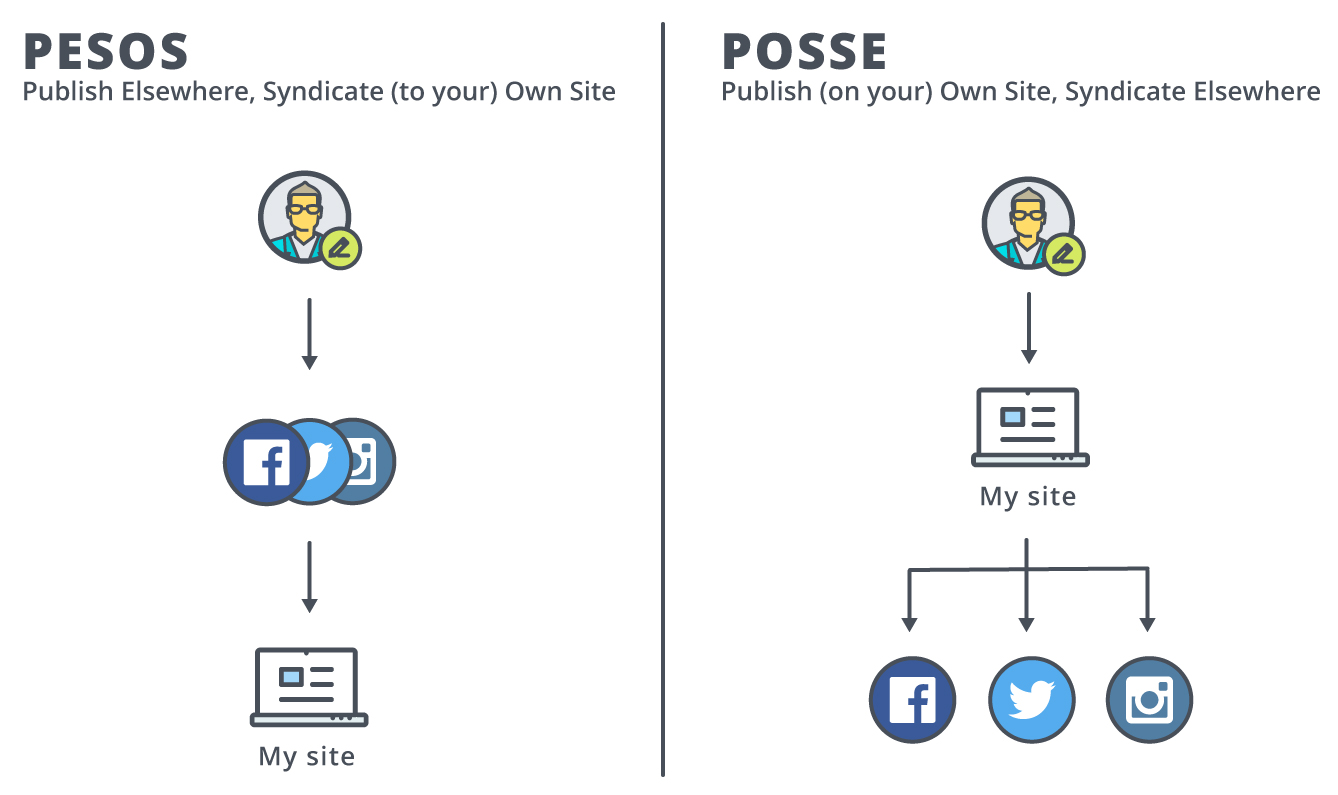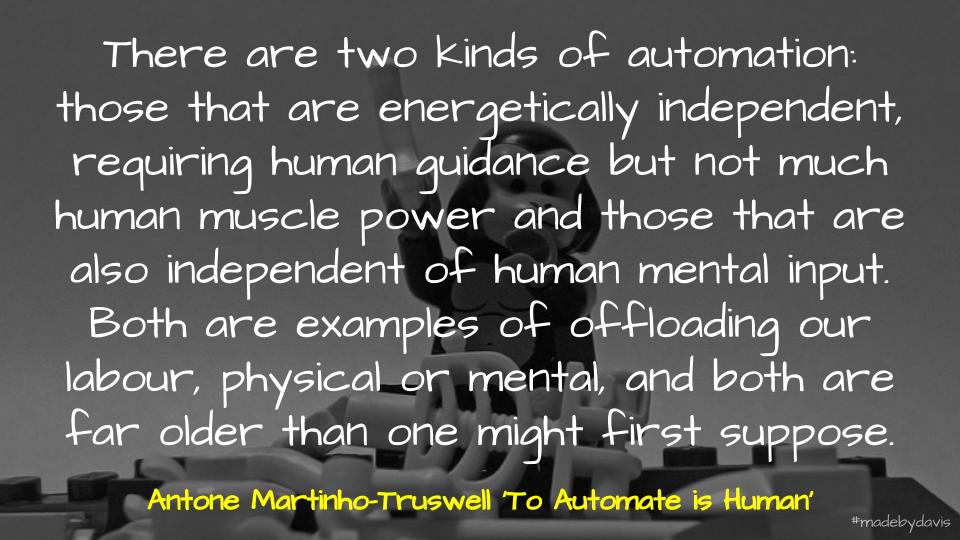With the move to platforms like Patreon, it leaves me wondering about the impact on the wider community.
I opened my feed today to find Doug Belshaw has made the move from Gumroad to Patreon. After the recent glitch involving fees, it seems that there is a growing move to the platform within the group of people I engage with online.
Adi Robertson explains how:
Patreon offers individuals the opportunity to provide a more profound level of support: donors aren’t just supporting art; they’re supporting a person, an art style, or an idea.
While Cory Doctorow argues that:
The measure of Patreon’s success isn’t creating an army of full-time creators with middle-class incomes where none existed before: it’s ensuring that the money generated by art goes primarily to artists.
My question is the consequence of depending on patronage. As Seth Godin states in What to do when it’s your turn?:
When you overstate the obligation of the audience, of course they’ll let you down, and when they do, you don’t have to show up again. What a great excuse to stop making art, to hide …
It’s not your turn to win, or your turn to be picked, or even your turn to be guaranteed gratitude … it’s merely your turn to give a gift.
For me, this comes back to Bill Ferriter’s warning about chasing wider audiences. However, it also touches on his idea of ‘bringing your own audience’. For Belshaw, this allows him to provide a more uncensored side to his patrons.
In Show Your Work, Austin Kleon makes the case for giving stuff away and instead focusing on selling art and services:
Instead of having a donate now button on my website, I have buy now and hire me buttons.
A part of this process is the production of a mailing list:
I know people who run multimillion-dollar businesses off of their mailing lists. The model is very simple: They give away great stuff on their sites, they collect emails, and then when they have something remarkable to share or sell, they send an email. You’d be amazed at how well the model works.
Cory Doctorow has reflected on the benefit of giving away his books, discussing how it has led to an increase in readership, people actually buying the books and opportunities:
This “market research” of giving away e-books sells printed books. What’s more, having my books more widely read opens many other opportunities for me to earn a living from activities around my writing, such as the Fulbright Chair I got at USC this year, this high-paying article in Forbes, speaking engagements and other opportunities to teach, write and license my work for translation and adaptation. My fans’ tireless evangelism for my work doesn’t just sell books–it sells me.
Although Doctorow does have a place for ‘donations’, it is so that you can buy a copy for a library.
This approach to giving stuff away is an approach I have taken. I blog, I help out where I can, I share, inspired in part by Kleon and Belshaw.
I started a monthly newsletter. This is as much about connecting ideas within the community as it is about promoting my own work. Maybe one day I will have something else to offer, then I will reach out and share with my supporters. Until then, I will keep on giving stuff away.
I have also taken this mindset to the way that I engage with others. Rather than become a patron, I try and buy what they are selling. For example:
- Micro.blog: I do not pay for Micro.Blog and did not support the Kickstarter campaign. I neither want my blog hosted on Micro.Blog, that is what I pay Reclaim Hosting for, nor do I want to use Micro.Blog to syndicate, I use SNAP for that. However, I am happy to pay and support Manton Reece’s book once he finishes writing it.
- Visual Thinkery: I paid for Bryan Mathers stickers. Truth be known, because I love his work. In a strange way, it made me feel a part of the Visual Thinkery tribe. I am yet to use most of them though. However, I use the sketch he made me in my signature, as well as for my newsletter. To me, how I use them is not necessarily the point. It supports Bryan to do more work, that is what matters.
- Ben Collins: I read Collins’ blog and subscribe to his newsletter/mailing list. He gives away a lot and is always willing to clarify any technical queries. Subsequently, when he announced that he was developing a self-paced course on Pivot Tables, I was there. I started it, but got distracted. I know that I will get back to it eventually, but I also know that I am supporting Collins in a small way to keep on doing his work.
Maybe this is just me? Maybe it merely reflects my privilege of having a contract, rather than living from one gig to the next? Maybe my stuff is not worth selling? Maybe I am just missing something? As always, comments welcome.
If you enjoy what you read here, feel free to sign up for my monthly newsletter to catch up on all things learning, edtech and storytelling.



